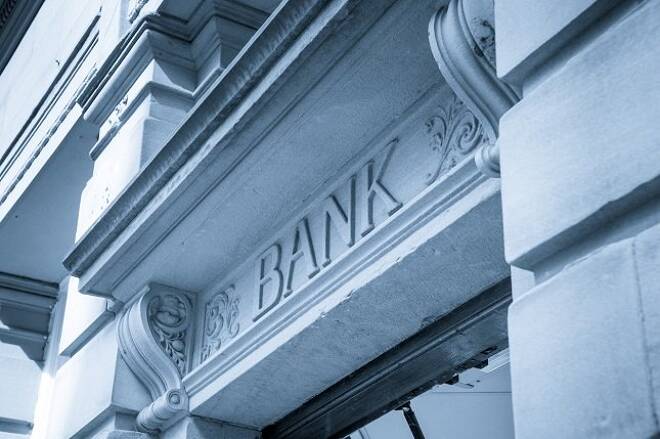Advertisement
Advertisement
How are Banks Responding to the Fed Rate Hike?
By:
On 15 March 2017, the Federal Reserve raised interest rates by an additional 25-basis points. This brought the Federal Funds Rate (FFR) to 1.00%
On 15 March 2017, the Federal Reserve raised interest rates by an additional 25-basis points. This brought the Federal Funds Rate (FFR) to 1.00%. Many banks were slow in responding to the rate hike, however there were at least 8 banks that have raised interest rates since the Fed FOMC announcement. Typically, what happens when the Fed raises interest rates is that banks, credit card companies, and other financial institutions rush to hike their rates on a wide range of products. The rate hikes are notable with variable mortgages, auto loans and credit card loans. Consider that when the December 2015 rate hike kicked in, Wells Fargo took 12 minutes to hike its prime rate on loans issued to clients.
However, banks were slow in responding to increase interest rates on savings accounts, certificates of deposit and other related products. Analysts scouring the history of CD rates over the past 10 years will be hard-pressed to find interest rate returns of 5% +. Any FDIC-insured account available today is light years away from that type of interest rate. While major banking corporations like Wells Fargo & Company may be slow in raising rates for savers, there are many credit unions and smaller banks that have gone out of their way to make their products more attractive.
How Can Consumers Benefit from Higher Interest Rates at Local Banks?
Interest rate hikes are a double-edged sword. When rates rise, borrowers with variable rates are in trouble. They have to pay more money for the loan that they took out prior to the rate hike. Customers who locked in a fixed rate on a mortgage are smiling all the way to the bank in an era of constantly rising interest rates. Unfortunately, the same cannot be said of credit card interest rates. These rates are variable and they are revised sharply higher than the prevailing federal funds rate. Many borrowers will be deeply concerned about rising rates, since studies have confirmed that most American households do not even have $500 for a rainy day. As such, people in the market to compare loans for bad credit are advised to shop around at many of the smaller banks as they may offer better interest rates and repayment terms.
There are several banks offering attractive interest rates to savers, and they include the following: My Banking Direct, Amboy Direct, Sallie Mae, and others. As far as deposit accounts, CDs with terms of 1 year – 5 years can also generate improved interest rates. These include Popular Direct with a 1.90% APY interest rate over three years, Patelco Credit Union with a 5-year CD pegged at 2.75%, and Capital One with a 1-year 360 CD rate up at 1.30%. While these rates are certainly higher than the prevailing interest rates available at banks, they don’t leave much to be desired. It is expected that rate hikes will continue in 2017, with an end of year FFR in the region of 1.50% anticipated. It may be worthwhile checking out promotional banking offers from banks like Chase, which are offering a $500 bonus for savers (terms and conditions apply).
About the Author
Guestauthor
Latest news and analysis
Advertisement
